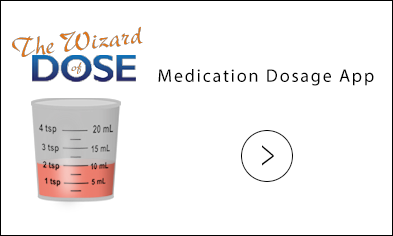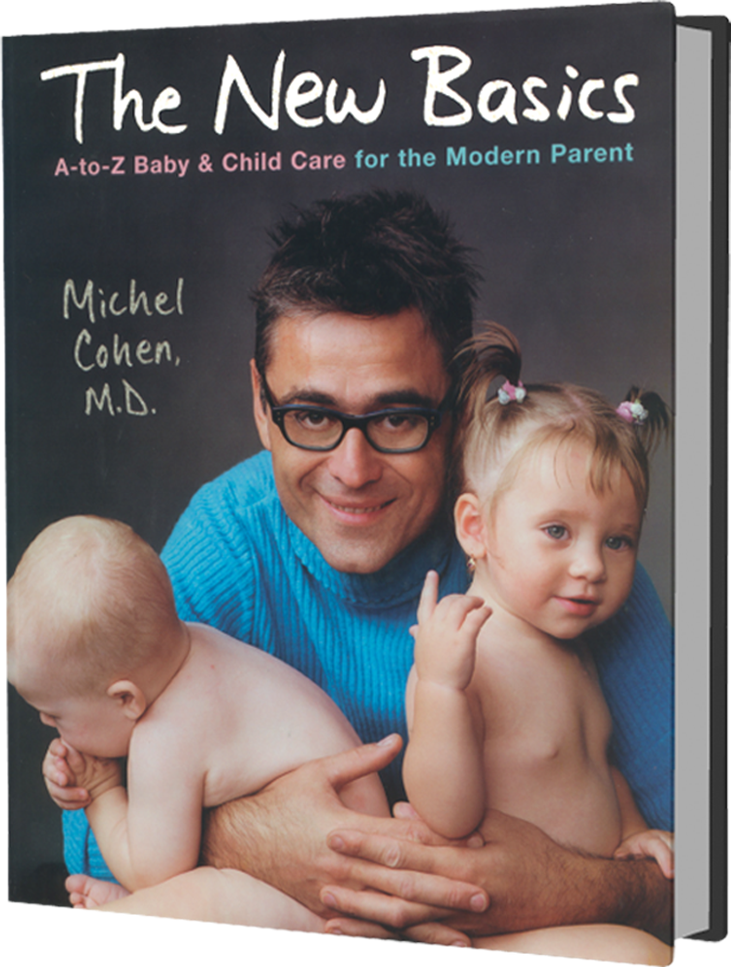
Lice
The school nurse has just called you at work to come and pick Jimmy up at school immediately. With a somber voice, she informs you that he has lice. There’s silence on both ends of the line. The implication, you think, is that you’re not running a clean household. When you arrive at school, the nurse appears in her crisp white outfit, walks you over to Jimmy, and shows you the little white eggs in his hair, along with the tiny six-legged creatures leaping off his head.
Not Quite the Eleventh Plague
The particular pest you are dealing with is the head louse, a bloodsucking insect that thrives only on the human scalp and can hop but cannot fly. Here are the essential facts you need to know:
- Lice infestations are a common occurrence among children in any community setting, from that small elite nursery school to your overcrowded public school.
- Lice do not show up or spread because of poor hygiene, nor do they prefer one type of hair over another. If your child gets them, you’ve done nothing wrong! Anyone who has hair can get lice.
- Lice are not noisy guests; the itching is minimal.
- Lice do not live more than forty-eight hours if they can’t feed on somebody’s head. This means you do not have to wash every single fabric item you own, from curtains to doilies to the party clothes at the back of your closet.
- The diagnosis of lice can only be made by finding the six-legged little bugs in the scalp. The eggs they lay (called nits) are only suggestive of infection. Tiny, milky white, and shaped like grapes, they nestle at the base of the hair shaft. (The dead ones are loosely attached to the hair, away from the scalp.) At first, they’ll be hard to differentiate from dandruff flakes, but after you’ve extracted a few and examined them, I guarantee that you will become an expert louse detective. The worst news? Virtually every kid will get lice at some point. But you will get rid of them, and here’s how.
Search and Destroy
Talk about sticky little creeps. While a single application of anti-lice shampoo was once all you needed to get rid of these bloodsuckers, in recent years the louse has become increasingly resistant to topical medications. Currently, in my opinion, the best way to a louse-free head is bug busting the nits by hand—just like our cousins the monkeys do it—in combination with lice shampoo. Removing nits manually, one by one, is a tedious and time-consuming process, but it works.
Sit Jimmy down in front of a favorite video. Wet his head, then part the hair into many small sections.
Working section by section, slide the nits off with your fingers or with a fine comb sold specifically for this purpose. A magnifying glass may help.
Dispose of the nits and lice in the sink.
At the end of the first session, use an over-the-counter anti-lice lotion such as Nix.
Repeat the process a week later. Note, however, that because these shampoos dry the scalp, they may provoke mild itching, a symptom that could lead you to believe the lice are still thriving. And the flakiness caused by the drying can make surviving nits harder to hunt down.
Wash only the clothes and linens that have been used for the past few days.
Other Treatment Options
- If you and Jimmy don’t mind the military look, a crew cut may hasten an end to this plague, if only because much shorter hair makes it easier to spot and remove those elusive nits.
- Some people (including my wife) swear by rubbing petroleum jelly or tea tree oil onto the scalp, covering the head with a plastic bag overnight, then washing the hair the next morning. The operating principle here is that you’re smothering the lice in grease. There are no data to support this strategy, and the grease is hard to remove from the hair and scalp.
- Anti-lice shampoos and lotions other than those sold over the counter are available by prescription from your doctor, but they are not much more effective and present more inconvenience. Malathion, for example, a medication to which lice appear less resistant, is stinky and flammable, must be left on overnight, and can irritate the scalp. I recommend using the prescription lotions only when the lice infection is stubborn and you’ve exhausted the other treatment methods described above.
Persistent Lice
Be prepared to fight several battles in your war against lice. Jimmy’s lice could be members of a resistant faction, or his head could become re-infested, since half the school has lice anyway. When a lice epidemic is declared, it will last a few months, unless the principal declares a state of emergency, closes the school for two weeks, and ensures that every kid’s head is inspected and treated.
Also, be aware that what seems like persisting lice may not be. Nits on the head don’t necessarily indicate infestation, especially if they’re just dead nits that sit away from the hair shaft. Dandruff flakes may also look like nits. Persistent or recurrent infections can only be diagnosed with a live bug sighting. In any case, if Jimmy catches lice again, or has a resistant strain, don’t be the elephant scared of the little mouse. You’ve got to fight. In the name of victory, go back to the beginning of the chapter.




 MEDICATION DOSAGE
MEDICATION DOSAGE

